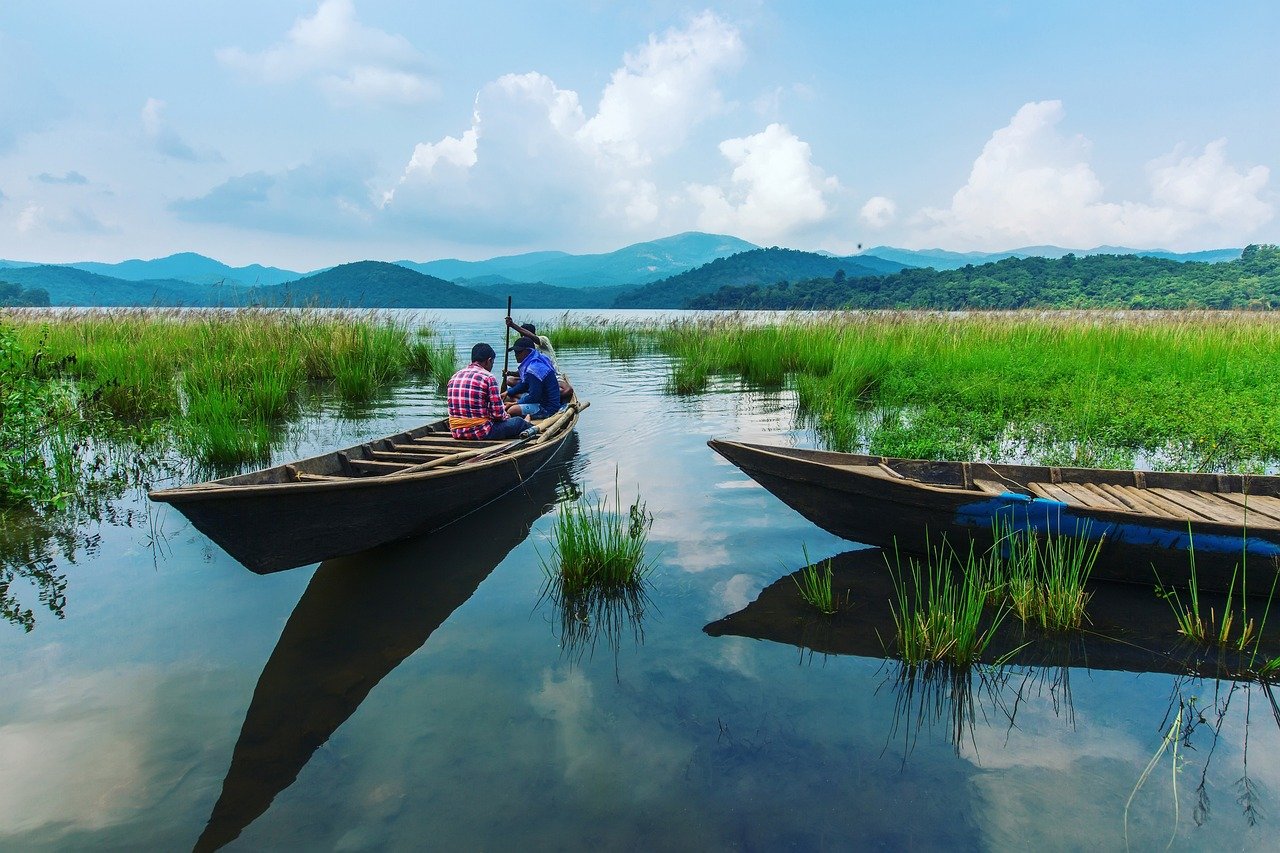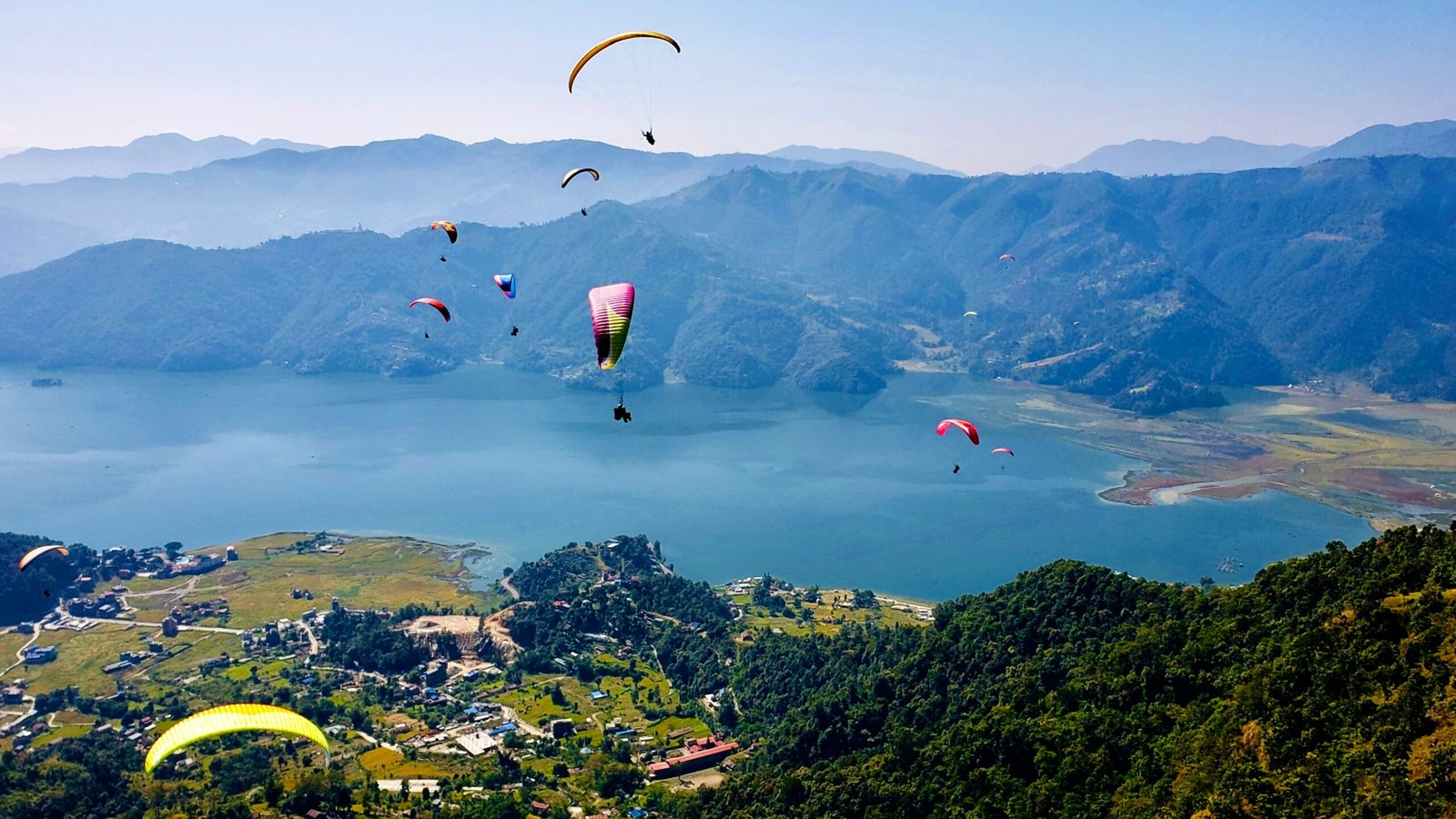Introduction to Araku Valley: A Hidden Gem
Araku Valley, nestled in the Eastern Ghats of Andhra Pradesh, offers a captivating escape for nature lovers. Just 120 kilometers from Visakhapatnam, this picturesque valley is easily accessible by scenic train and road. Unlike India’s more crowded spots, Araku remains a peaceful gem known for lush green hills, coffee plantations, and breathtaking landscapes.
Rich in history, Araku Valley has long been home to indigenous tribes like the Gutti Koya. Visitors can explore the unique traditions, art, and farming practices that define tribal life here. Archaeological sites in the region showcase an ancient heritage, deepening the valley’s cultural allure.
Araku Valley’s biodiversity adds to its charm. Its varied climate supports a range of flora and fauna, including medicinal plants and rare bird species. This rich ecosystem makes Araku an ecological hotspot and an exciting destination for adventurers. Hidden waterfalls, dense forests, and panoramic views provide an ideal setting for exploring nature’s untouched beauty.
Whether you seek adventure or a serene retreat, Araku Valley blends natural wonders with vibrant cultural heritage, offering travelers an unforgettable experience in every season.
Getting There: Travel Tips and Recommendations
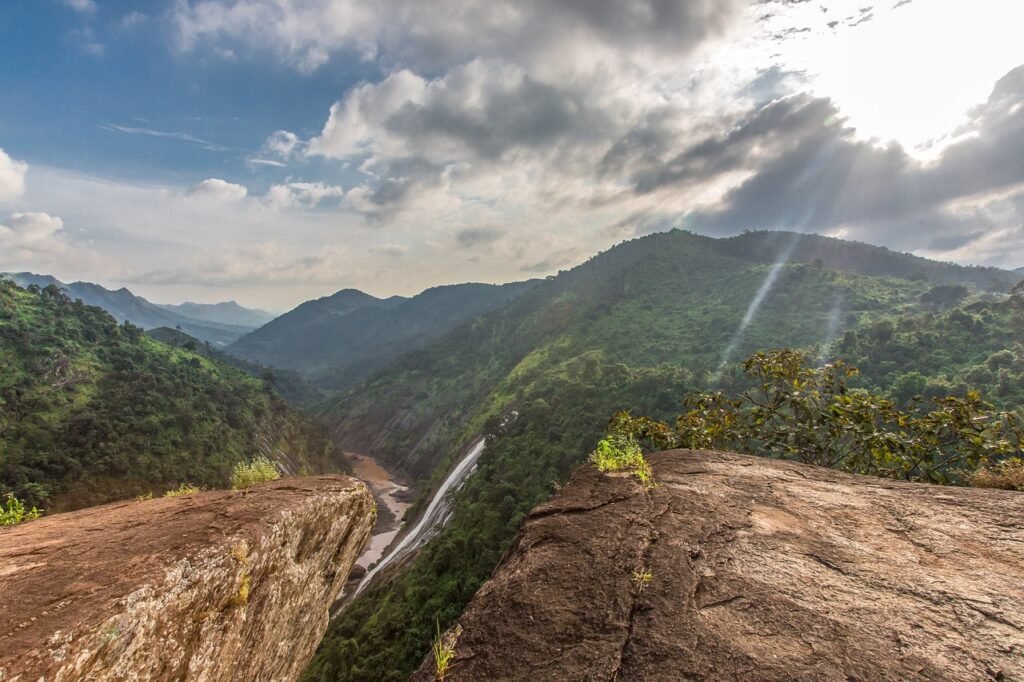

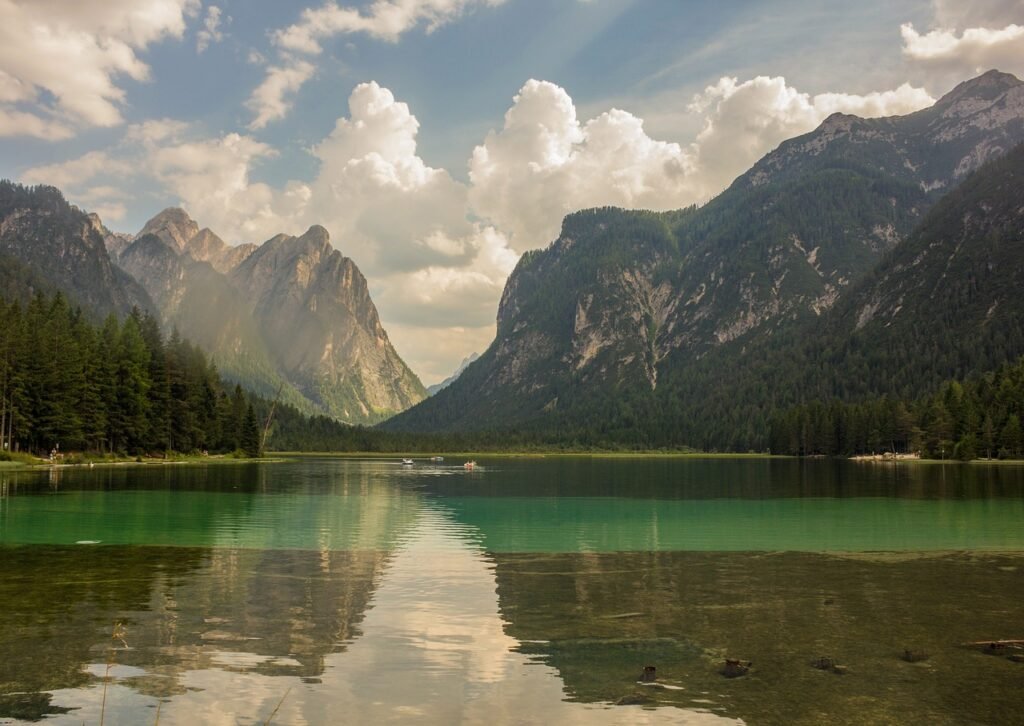
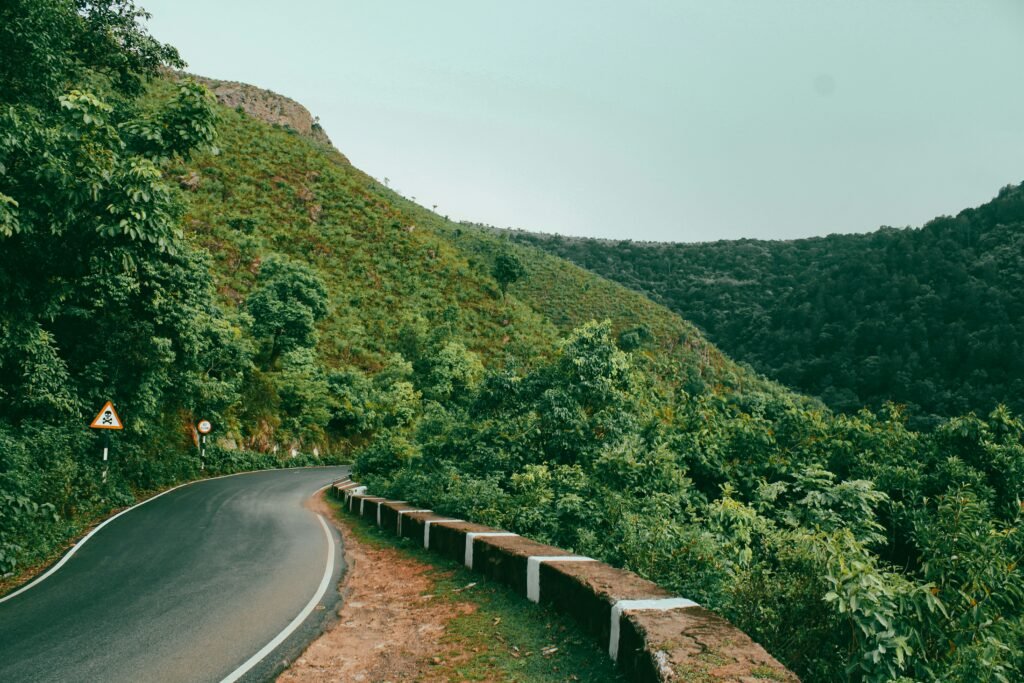


Reaching Araku Valley, a beautiful destination known for stunning landscapes, is straightforward with its many transport options. The nearest airport, Visakhapatnam Airport, is around 114 kilometers away. It handles domestic and limited international flights, making it accessible for many travelers. From the airport, you can take a taxi or use a ride-sharing app to enjoy the scenic route to Araku.
If you prefer rail travel, Araku Railway Station is a great choice. Situated within the valley, this station connects to Visakhapatnam, offering a scenic journey known for views of lush hills, coffee plantations, and waterfalls.
For road travel, several highways, especially NH 16, lead to Araku Valley. From Visakhapatnam, it’s a three-hour drive through landscapes filled with tribal villages and panoramic viewpoints. Traveling during daylight is advisable to enjoy the scenery and ensure safety.
The best time to visit Araku Valley is between October and March when the weather is pleasant for exploration. Once there, you’ll find convenient transport options like rental vehicles and local autos. Accommodation ranges from budget-friendly hotels to luxurious resorts, catering to all preferences and budgets.
Whether by air, train, or road, Araku Valley offers a journey as memorable as the destination itself.
Must-See Attractions and Activities in Araku Valley
Araku Valley, nestled in India’s Eastern Ghats, offers breathtaking landscapes and rich cultural heritage, perfect for nature lovers and adventure seekers. The valley’s lush coffee plantations are a major draw, covering the hills with aromatic greenery.
Chaparai Waterfall is another must-visit, surrounded by verdant scenery that’s perfect for picnics and relaxation. Nearby, the Borra Caves boast stunning stalactites and stalagmites, giving insight into the area’s ancient geological history.
For spectacular views, Araku Valley’s viewpoints are ideal for sunrise watchers, offering vistas over misty hills. Adventure enthusiasts can explore numerous trekking and biking trails, each route surrounded by lush biodiversity.
Cultural experiences deepen the appeal of Araku Valley. Visitors can enjoy traditional tribal dance performances and explore bustling local markets, where handcrafted items and regional foods await. Engaging with local artisans supports the community and offers a glimpse into the valley’s vibrant culture.
In every season, Araku Valley combines natural beauty with cultural richness, making each visit a memorable journey.
Local Cuisine and Cultural Experiences







Araku Valley is known not only for its stunning landscapes but also for its flavorful local cuisine. The dishes here reflect the valley’s agricultural bounty, using fresh, locally sourced ingredients. Another popular treat, bamboo chicken, features marinated chicken cooked inside bamboo, giving it a unique smoky taste.
The culinary traditions of Araku Valley are closely tied to tribal culture. Staples like millets, native pulses, and fresh greens highlight a deep connection to the land. Local eateries showcase these ingredients, often prepared using traditional cooking methods that honor generations-old recipes. To experience authentic flavors, try homestays or village restaurants where the food is crafted with care and heritage.
Beyond food, Araku Valley offers cultural experiences that enhance every visit. Visitors can explore traditional handicrafts, like tribal jewelry and handwoven textiles, created by local artisans. The valley’s festivals burst with color and energy, featuring lively dances, music, and rituals that bring the community’s spirit to life.
By embracing Araku’s local cuisine and culture, visitors enjoy not only a culinary journey but also a deeper connection to the valley’s vibrant way of life. This blend of flavors and traditions makes Araku Valley an unforgettable experience.






